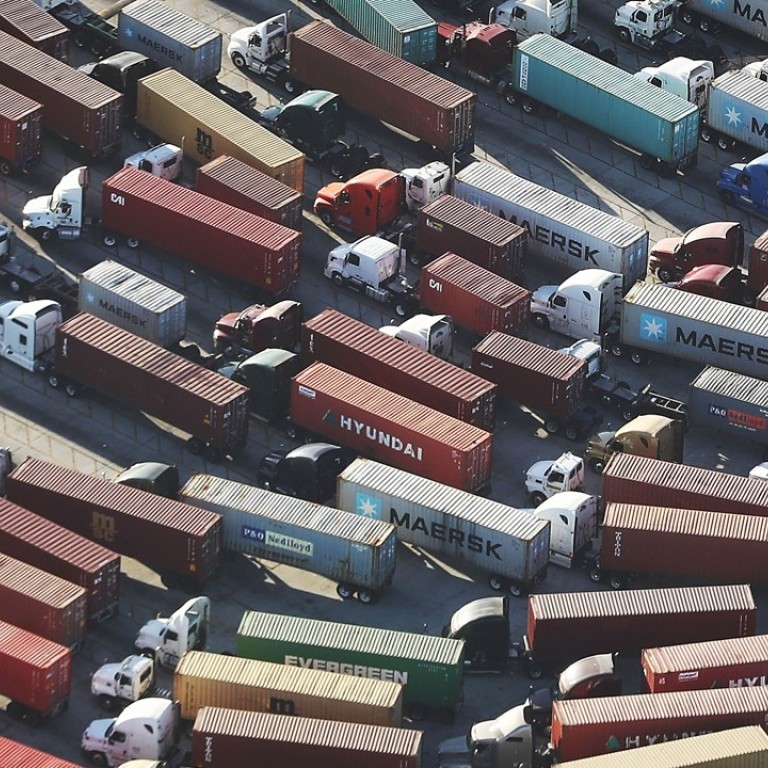
Trade war, rising interest rates call for caution, even though global growth looks strong
Patrik Schowitz says with the US and China digging in for a prolonged trade fight and central banks tightening monetary policy, caution is needed and investors should cast a prudent eye over their portfolios
As we enter the final quarter of 2018 and look back over the past months, it is quite clear that this year in markets has been characterised mostly by concerns and fear. This is a stark contrast to 2017, which had mostly been about hope.
The surge in global growth that we witnessed in 2017 has moderated this year, and this has exposed worrying weaknesses in some economies.

However, the bigger problem is trade. At the beginning of the dispute, it was rational to anticipate protracted negotiations, eventually leading to a deal and only a modest hit to global growth. However, as both sides are digging in, investors have to acknowledge the possibility of permanently impaired trade relations between the US and China.
As a result, both the extent and depth of the economic impact is being recalibrated upwards. While it seems correct to be optimistic about the global economy in the coming quarters, it is now unfortunately hard to see the current surge in US growth once again spilling over into a synchronised global growth spurt.
On the flip side, strong US data is keeping the Federal Reserve on track to raise interest rates once a quarter into mid-2019 at least, and European monetary policy is also beginning to tighten. So, in 2019, we will see the first period of genuinely tight monetary policy in a long time – and the recent surge in global bond yields may be a sign of this new reality.
And while this may contain inflation risks, it is also problematic for emerging market economies: it puts inexorable upward pressure on the cost of capital and exacerbates pressures from trade and the dollar.
Watch: Escalating US-China trade war makes European firms nervous
Putting all these factors together suggests investors now need to be somewhat circumspect: risks from trade and tighter policy do suggest that reducing overall portfolio risk is prudent. However, it would be premature to cut risk back entirely, given that global growth is still above-trend and earnings growth remains solid, even though that might mean riding out some volatility over the coming months.
With inflation-adjusted bond yields now positive across maturities, a prudent way to help immunise portfolios to such volatility could be by holding bonds with longer maturities. This should hold up well were growth momentum to roll over, perhaps because of trade concerns.
Let’s not get ahead of ourselves. There are few signs of an imminent recession. But as we progress through this late cycle, prudent investors should moderate their risk exposure and most importantly stay in the game whatever the economy throws their way.
Patrik Schowitz is a global multi-asset strategist at J.P. Morgan Asset Management

